Home>Articles>How To Remove Scratches From Quartz Countertops
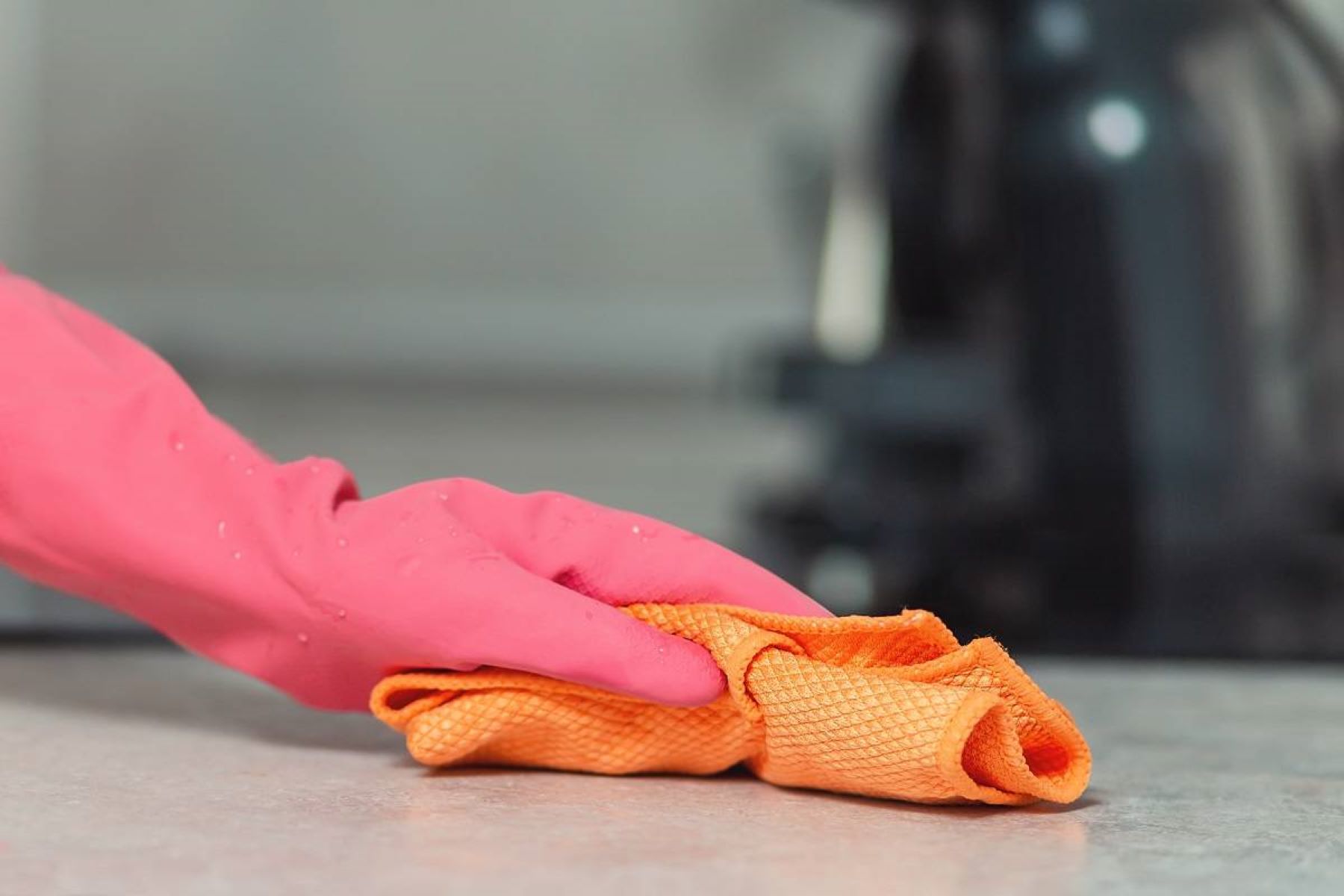

Articles
How To Remove Scratches From Quartz Countertops
Modified: December 7, 2023
Learn effective techniques for removing scratches from quartz countertops in this informative articles. Follow these steps to restore the beauty of your countertops.
(Many of the links in this article redirect to a specific reviewed product. Your purchase of these products through affiliate links helps to generate commission for Storables.com, at no extra cost. Learn more)
Introduction
Quartz countertops have become a popular choice for homeowners due to their durability, versatility, and stunning appearance. However, like any other surface, they are not completely immune to scratches. Scratches on quartz countertops can be unsightly, but the good news is that they can often be repaired and removed with a bit of effort and the right techniques.
In this article, we will guide you through the process of removing scratches from quartz countertops. Whether you accidentally scratched your countertop or it has become worn over time, we will provide you with step-by-step instructions on how to restore its original beauty. With a few materials and tools, you can get your quartz countertop looking as good as new.
It’s important to note that the severity of the scratches will determine the approach you take in removing them. Minor surface scratches can often be buffed out, while deeper scratches may require more intensive sanding and polishing. Before you begin, it’s also a good idea to consult the manufacturer’s guidelines for your specific quartz countertop, as some materials may have specific care instructions.
Now, let’s gather the materials and tools you’ll need to effectively remove scratches from your quartz countertop.
Key Takeaways:
- Restore the beauty of your quartz countertop by following a step-by-step process to remove scratches, from cleaning and sanding to polishing and applying a protective clear coat.
- With the right materials and techniques, you can effectively remove scratches from your quartz countertop, bringing back its smooth, glossy finish and ensuring long-lasting durability.
Read more: How To Remove Paint From Quartz Countertops
Materials and Tools Needed
Before you start the process of removing scratches from your quartz countertop, it’s important to gather the necessary materials and tools. Here’s what you’ll need:
- Gentle dish soap
- Microfiber cloth or soft sponge
- Water
- 300-grit sandpaper
- 600-grit sandpaper
- 1200-grit sandpaper
- Quartz polishing compound
- Polishing pad or soft cloth
- Clear quartz countertop sealant
- Paper towels
- Protective gloves
- Protective eyewear
Make sure to choose sandpaper with the appropriate grit depending on the depth of the scratches. If you’re unsure, start with a higher grit and work your way down if needed. Additionally, the quartz polishing compound will help to restore the shine to your countertop after the scratches are removed.
Now that you have all the necessary materials and tools, it’s time to move on to the next step – cleaning the countertop.
Cleaning the Countertop
Before you begin removing the scratches from your quartz countertop, it’s important to start with a clean surface. This will help to ensure that you’re working with a clear view of the scratches and that there is no dirt or debris that could further damage the countertop during the repair process.
Follow these steps to clean the countertop:
- Fill a sink or bucket with warm water.
- Add a few drops of gentle dish soap to the water and mix it well.
- Using a microfiber cloth or a soft sponge, dip it into the soapy water and wring out any excess liquid.
- Gently wipe down the entire surface of the countertop, making sure to remove any dirt, grime, or residues.
- Rinse the cloth or sponge with clean water and wipe down the countertop again to remove any soap residue.
- Dry the countertop thoroughly with a clean, dry cloth or paper towels.
By starting with a clean surface, you’ll be able to clearly see the scratches and effectively assess their depth. Now that the countertop is clean, it’s time to move on to the next step – assessing the depth of the scratches.
Assessing the Depth of the Scratches
Before you begin the actual process of removing the scratches from your quartz countertop, it’s important to assess the depth of the scratches. This will help you determine the best approach to take in order to effectively remove them.
Follow these steps to assess the depth of the scratches:
- Inspect the countertop under a bright light or use a flashlight to identify the scratches.
- Run your fingers lightly over the surface of the scratches to gauge their depth.
- If the scratches are shallow and do not catch your fingernail, they are considered minor surface scratches.
- If the scratches are deeper and can catch your fingernail, they may require more intensive repair.
By assessing the depth of the scratches, you’ll be able to determine whether a simple buffing or more extensive sanding and polishing is needed to effectively remove them. For shallow surface scratches, you can proceed to the next step – sanding the scratches. If the scratches are deeper, you may need to spend more time sanding and polishing to achieve the desired results.
Now that you have assessed the depth of the scratches, it’s time to move on to the next step – sanding the scratches.
Sanding the Scratches
If you have determined that your quartz countertop has shallow surface scratches, sanding can be an effective method to remove them. Sanding helps to gently buff out the scratches and restore the smoothness of the countertop surface. Here’s how you can go about sanding the scratches:
- Start by wetting the 300-grit sandpaper under running water.
- Gently sand the scratched area using light pressure and circular motions.
- Continue sanding until the scratches are no longer visible, but be careful not to sand too aggressively, as it may cause further damage to the countertop.
- Once the scratches are diminished, rinse the countertop with clean water and dry it thoroughly with a cloth or paper towels.
- After sanding with the 300-grit sandpaper, repeat the process using the 600-grit sandpaper. This will help to further refine the surface and remove any fine scratches left behind.
- Rinse and dry the countertop once again.
- If necessary, you can continue with the 1200-grit sandpaper to achieve an even smoother finish.
It is important to note that sanding should only be done on the affected area and not on the entire countertop. Be sure to use a gentle touch and periodically check your progress to avoid over-sanding.
Once you are satisfied with the results of sanding, you can move on to the next step – polishing the countertop.
Use a non-abrasive cleaner and a soft cloth to gently buff out minor scratches on quartz countertops. For deeper scratches, consider hiring a professional to refinish the surface.
Read more: How To Remove Ink From Quartz Countertops
Polishing the Countertop
After sanding the scratches, the next step in the process of removing scratches from your quartz countertop is polishing. Polishing helps to restore the shine and smoothness of the countertop surface, giving it a polished and brand-new appearance. Follow these steps to polish your countertop:
- Apply a small amount of quartz polishing compound onto a polishing pad or a soft cloth.
- Using circular motions, gently rub the polishing compound onto the sanded area.
- Continue polishing for a few minutes, applying light pressure and ensuring that the compound is evenly distributed.
- Wipe off any excess polishing compound with a clean cloth or paper towel.
- Inspect the countertop for any remaining scratches. If necessary, repeat the polishing process to further diminish them.
- Once the scratches are no longer visible, clean the countertop with water and a microfiber cloth or soft sponge to remove any residue from the polishing compound.
- Dry the countertop thoroughly to reveal the glossy finish.
After polishing your quartz countertop, you will notice a significant improvement in its appearance. The scratches will be less noticeable, and the surface will have a smooth and polished finish. However, to protect your countertop and ensure long-lasting results, it’s important to apply a clear coat.
Next, we’ll guide you through the process of applying a clear coat to the countertop.
Applying a Clear Coat
To provide an extra layer of protection and enhance the longevity of your quartz countertop, applying a clear coat is recommended. The clear coat creates a barrier between the surface of the countertop and potential stains and scratches, helping to preserve its pristine appearance. Follow these steps to apply a clear coat to your countertop:
- Ensure that the countertop is clean and dry before applying the clear coat.
- Read the instructions on the clear quartz countertop sealant to understand its specific application process.
- Put on protective gloves and eyewear to protect yourself from the sealant.
- Apply a small amount of the clear coat sealant onto a soft cloth or sponge.
- Spread the sealant evenly across the countertop, working in small sections at a time.
- Make sure to apply a thin and even coat, avoiding excessive build-up.
- Allow the clear coat to dry according to the manufacturer’s instructions. This usually takes a few hours or overnight.
- Once the clear coat is fully dry, gently buff the countertop with a soft cloth to remove any residue and reveal a glossy finish.
- Clean up any spills or drips immediately to prevent them from drying and leaving marks on the countertop.
Applying a clear coat will not only protect your countertop from future scratches, but it will also make it easier to clean and maintain. Regular cleaning and avoiding abrasive materials will help to keep your quartz countertop looking its best.
Now that you have successfully applied a clear coat to your countertop, you can enjoy its renewed beauty and durability.
Tips and Precautions
While removing scratches from quartz countertops can be a straightforward process, it’s important to keep the following tips and precautions in mind to ensure the best results and protect your countertop:
- Always read and follow the manufacturer’s guidelines and recommendations for your specific quartz countertop.
- Start with the least aggressive approach first, such as gentle cleaning and buffing, before moving on to sanding.
- Use sandpaper with the appropriate grit based on the depth of the scratches. Start with a higher grit and work your way down if needed.
- Apply even, gentle pressure when sanding to avoid causing further damage to the countertop surface.
- Regularly rinse the countertop and clean the sanding tools to prevent debris from scratching the surface.
- Be patient and take your time. Removing scratches from a countertop requires careful attention and precision.
- Test any cleaning or polishing products on a small, inconspicuous area of the countertop before applying them to the scratches.
- Wear protective gloves and eyewear when using sandpaper, polishing compounds, or sealants to protect yourself.
- Avoid using harsh or abrasive cleaners and tools that can scratch the countertop.
- Regularly clean and maintain your quartz countertop to prevent future scratches.
By following these tips and taking the necessary precautions, you can successfully remove scratches from your quartz countertop, restore its beauty, and maintain its longevity.
Now, armed with the knowledge and techniques outlined in this article, you can confidently tackle the task of removing scratches from your quartz countertop with ease.
Conclusion
Removing scratches from quartz countertops is a process that can be achieved with the right techniques and materials. Whether you’re dealing with minor surface scratches or deeper marks, following the step-by-step process outlined in this article will help you restore your countertop’s beautiful appearance.
By cleaning the countertop, assessing the depth of the scratches, sanding, polishing, and applying a clear coat, you can effectively remove scratches and bring back the smooth and glossy finish of your quartz countertop. It’s important to note that the severity of the scratches will determine the level of effort and time required for the repair process.
Throughout the process, make sure to adhere to the tips and precautions mentioned, such as wearing protective gear, using the right grit of sandpaper, and testing products on a small area first. These considerations will not only ensure the best results but also safeguard your countertop from further damage.
Remember to consult the manufacturer’s guidelines for your specific quartz countertop, as they may have their own recommendations and care instructions. Additionally, regularly cleaning and maintaining your countertop will help prevent future scratches and maintain its pristine appearance for years to come.
With the guidance provided in this article, you have the knowledge and skills to tackle the task of removing scratches from your quartz countertop. So, roll up your sleeves, gather the necessary materials, and give your countertop the restoration it deserves. Enjoy the beauty and durability of your scratch-free quartz countertop!
Frequently Asked Questions about How To Remove Scratches From Quartz Countertops
Was this page helpful?
At Storables.com, we guarantee accurate and reliable information. Our content, validated by Expert Board Contributors, is crafted following stringent Editorial Policies. We're committed to providing you with well-researched, expert-backed insights for all your informational needs.
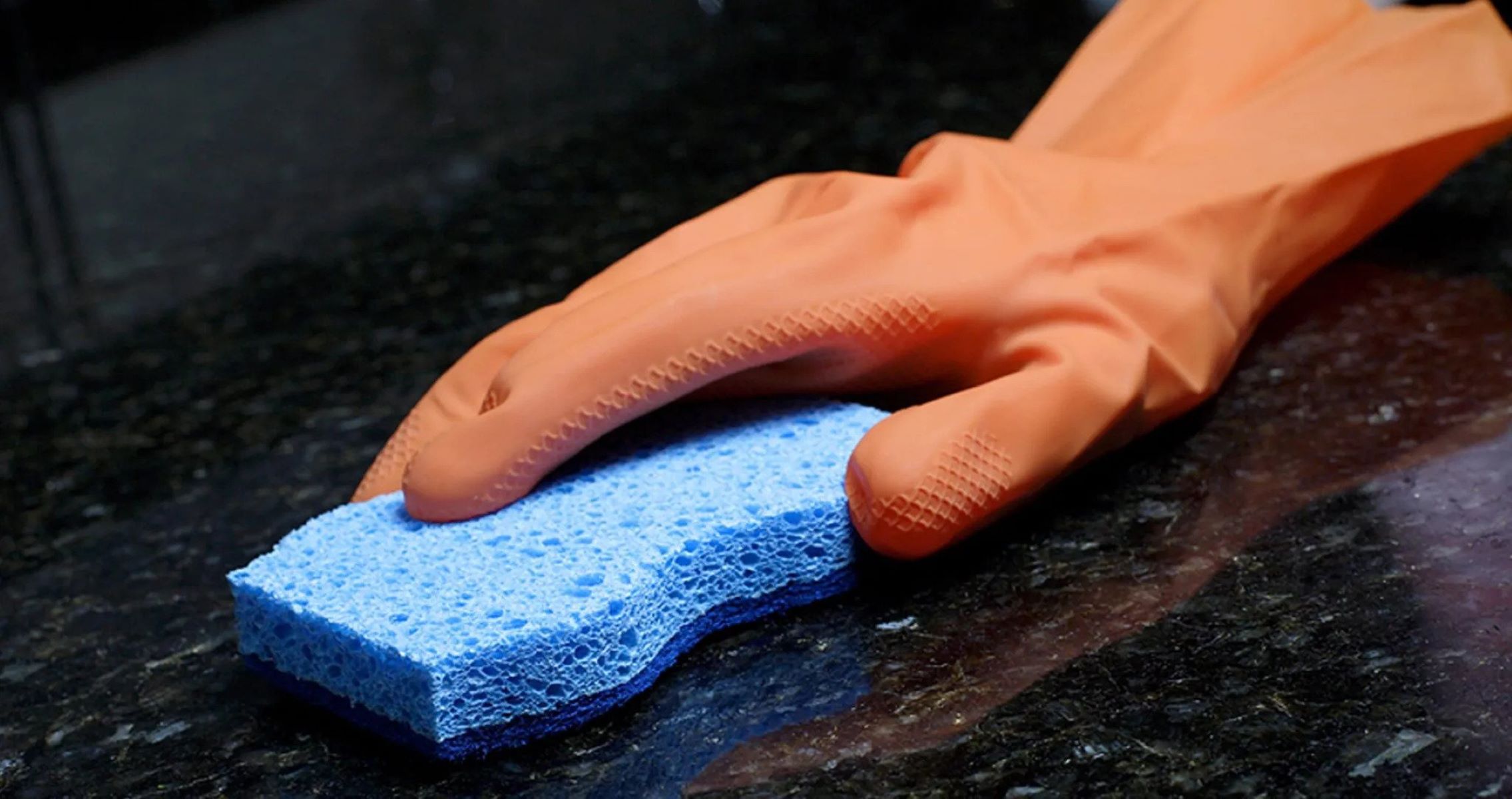
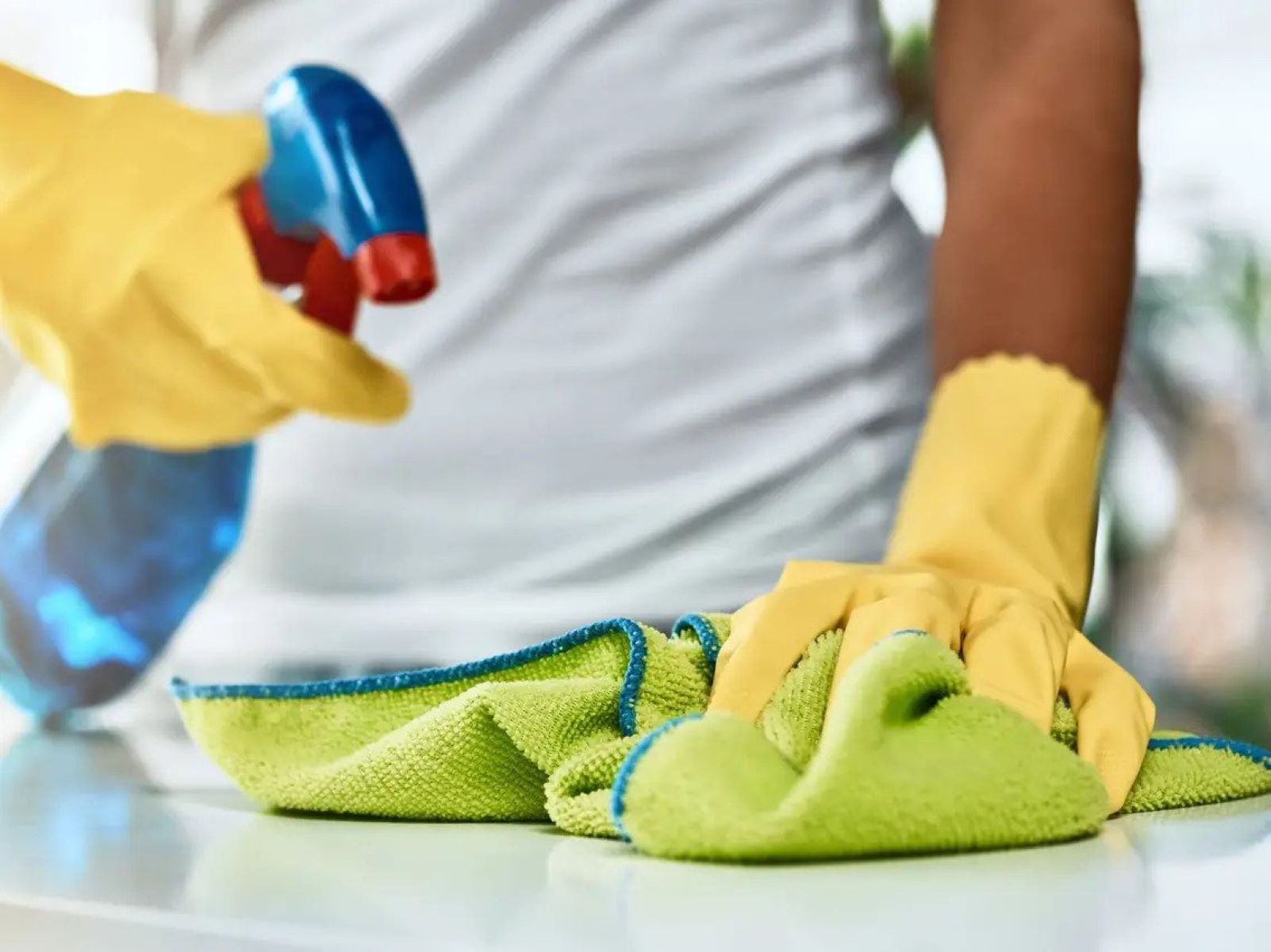
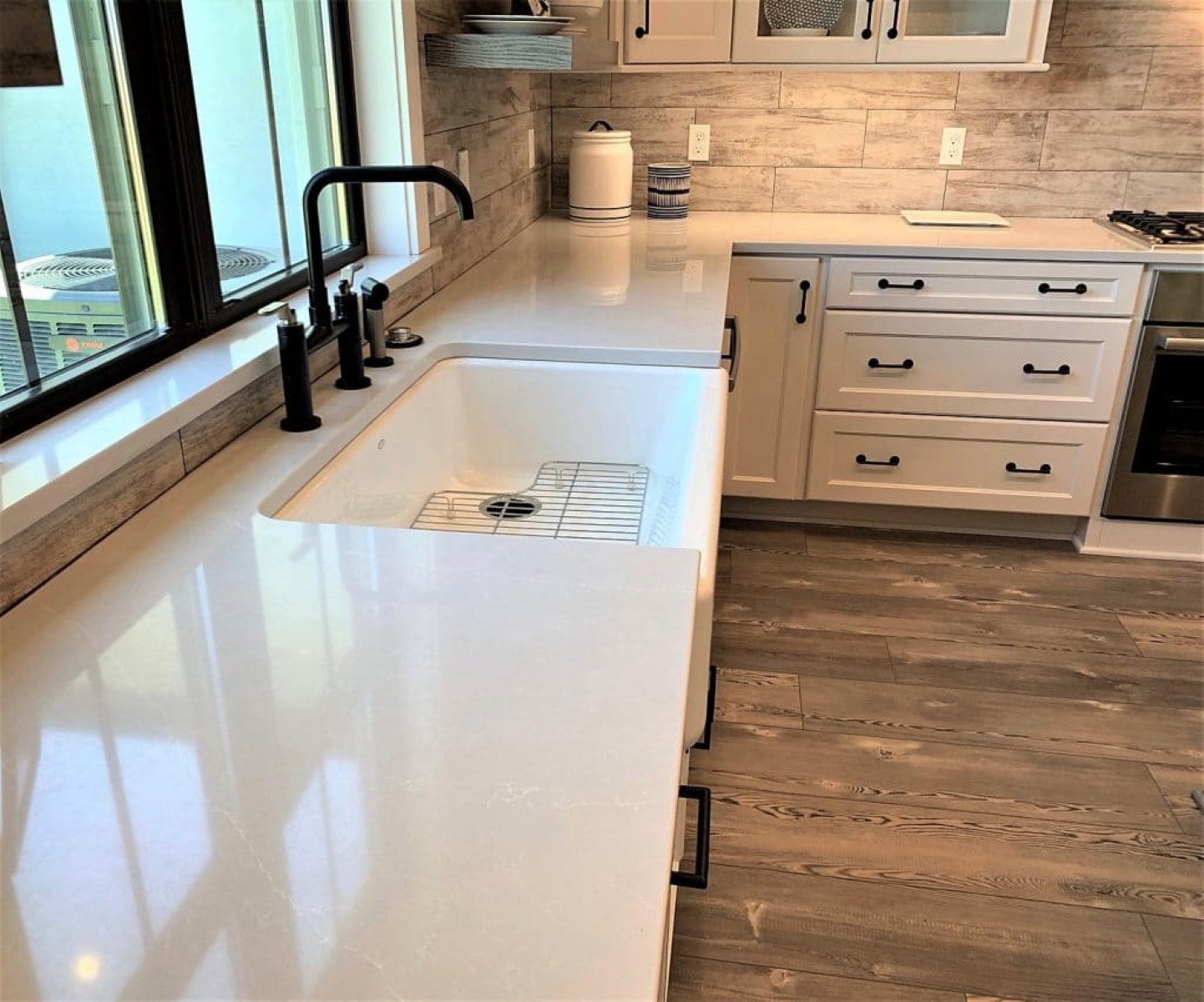

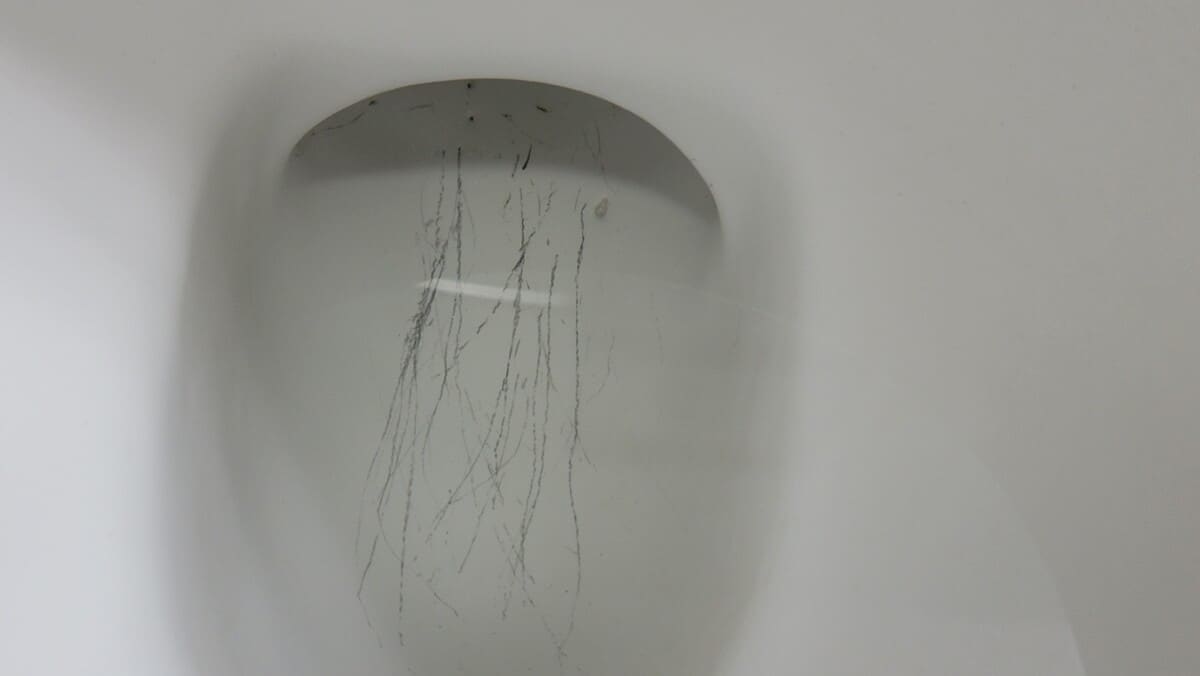

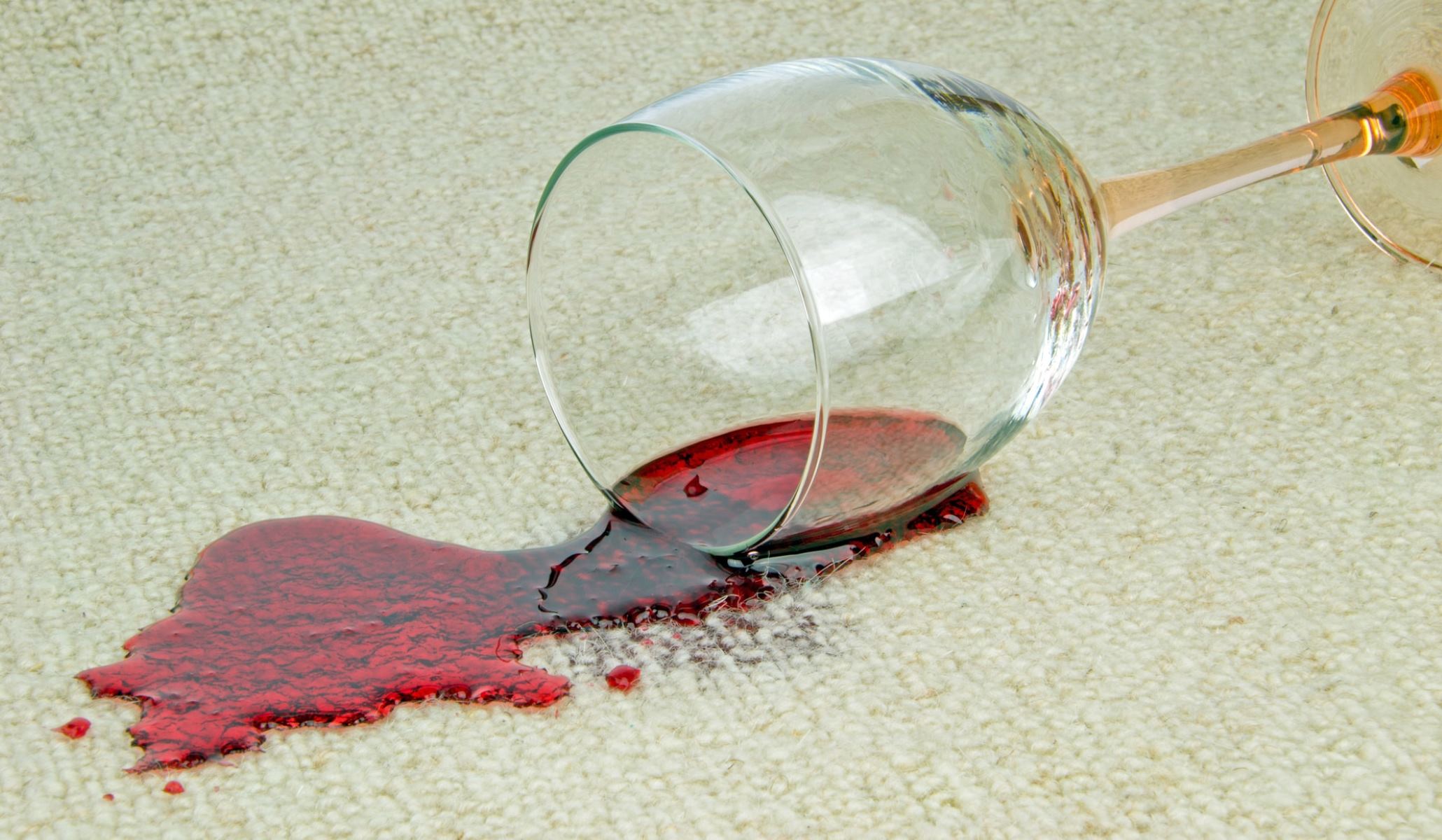
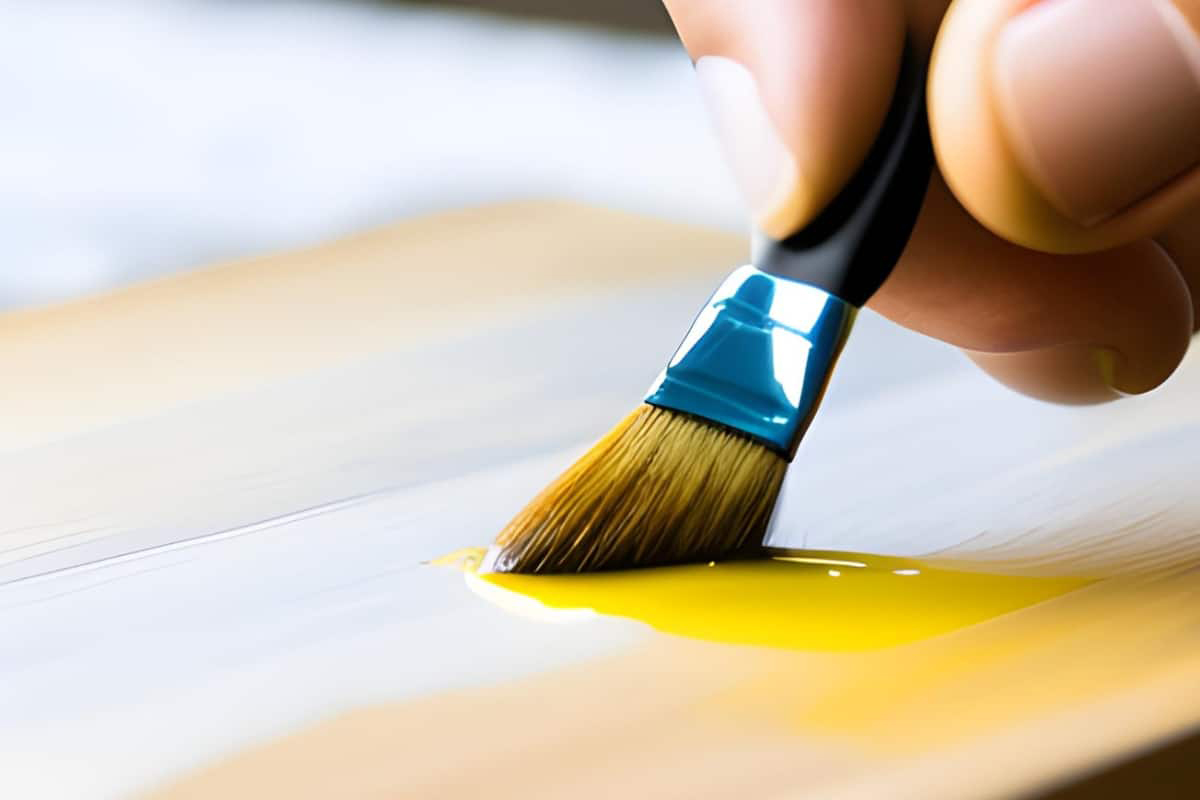
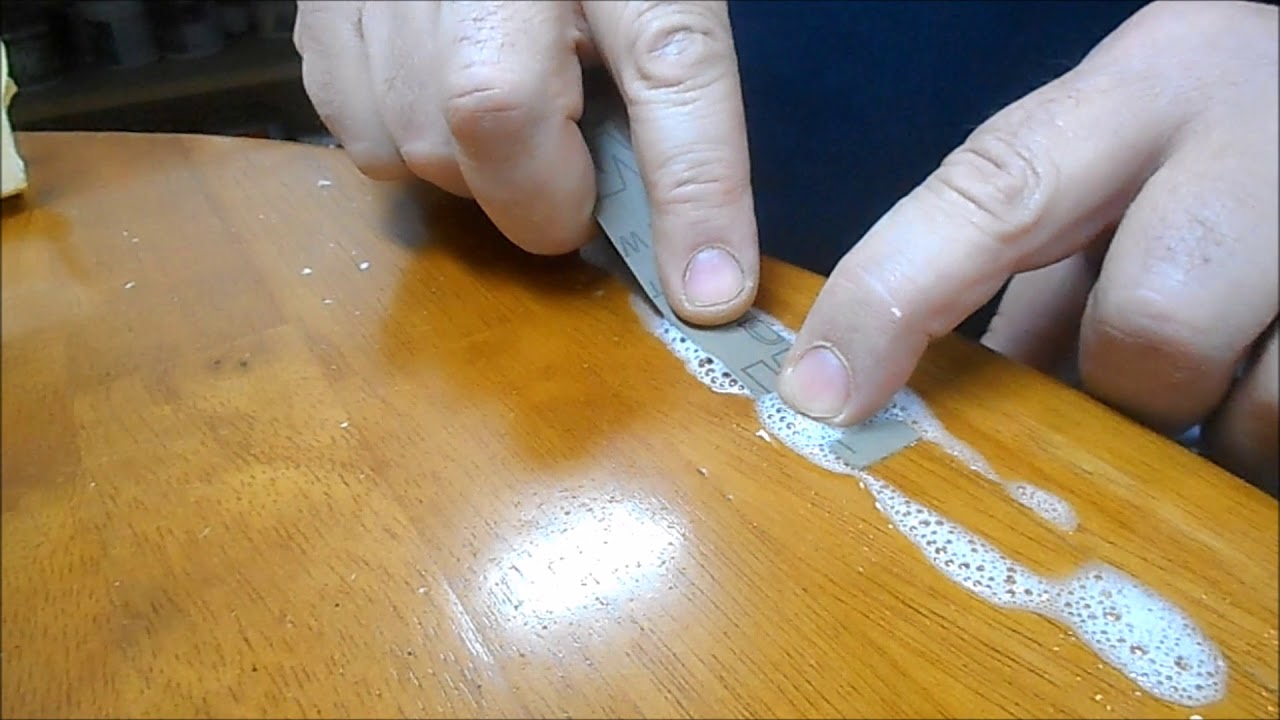
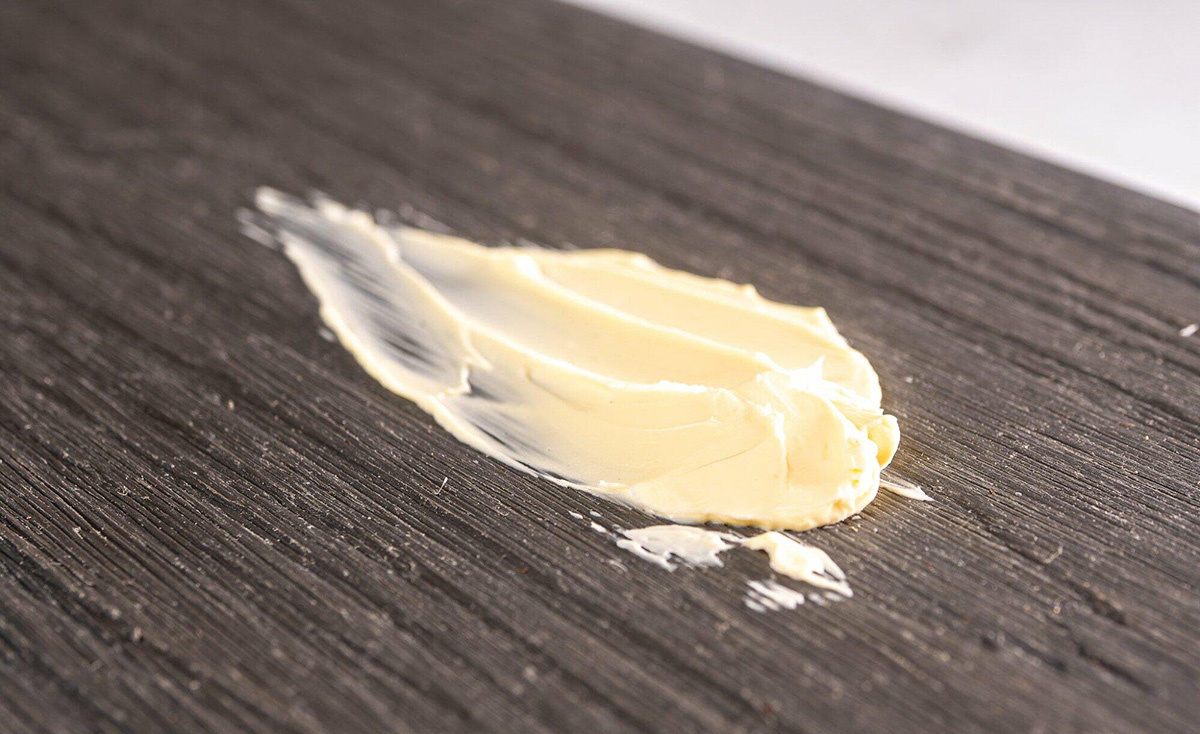
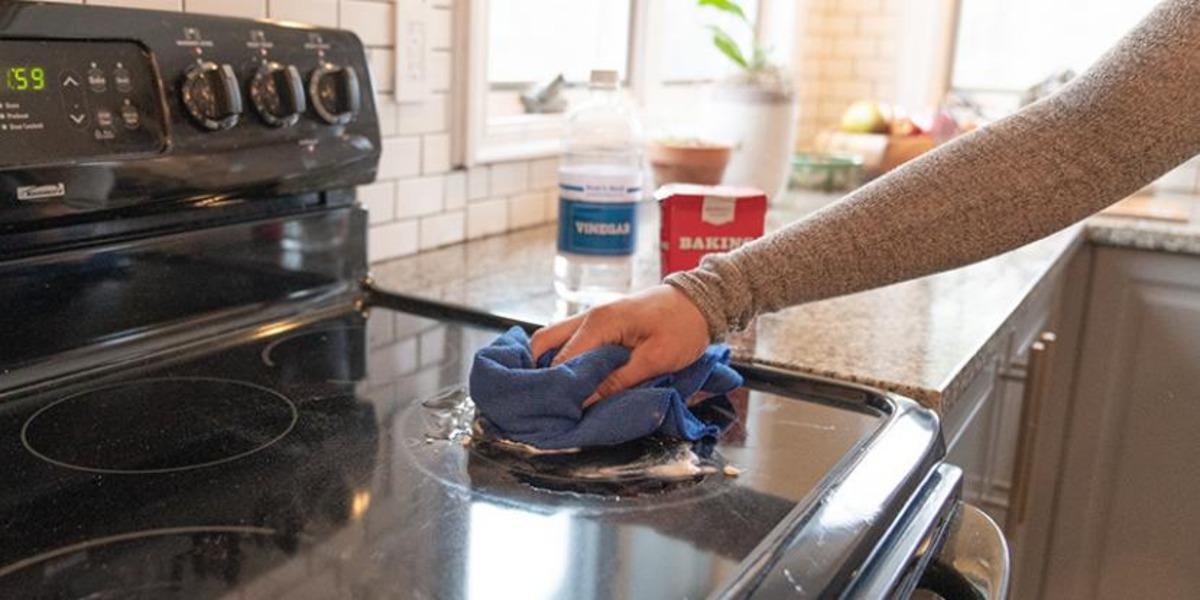
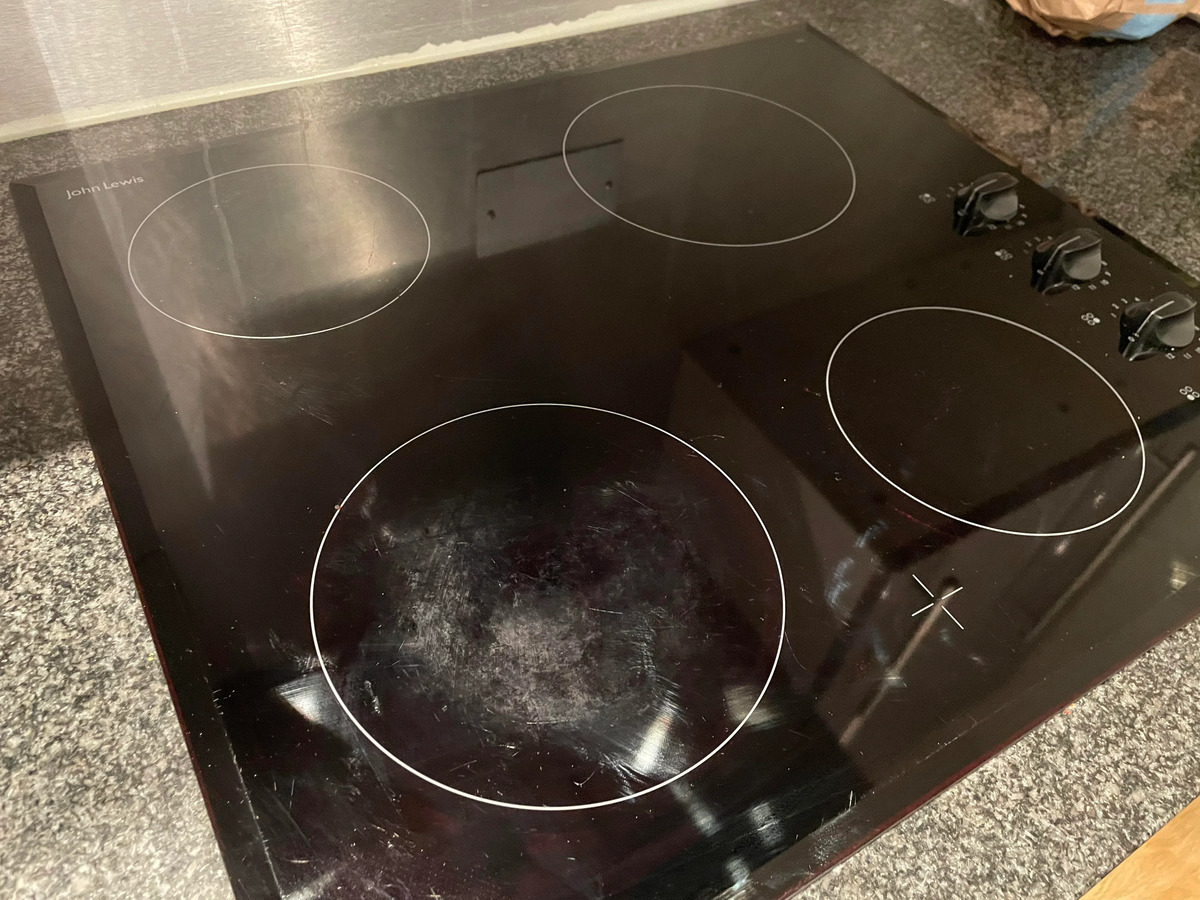
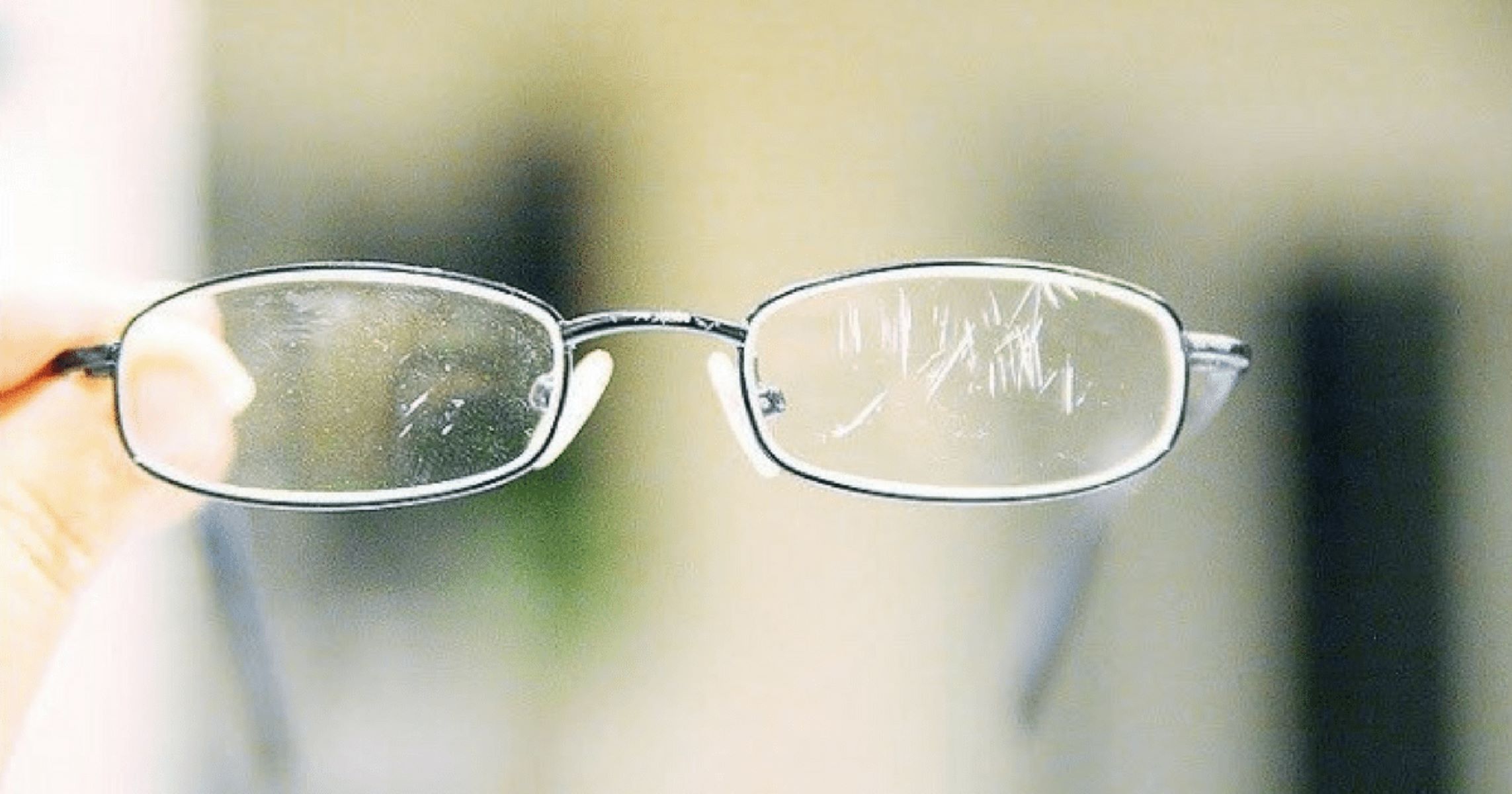
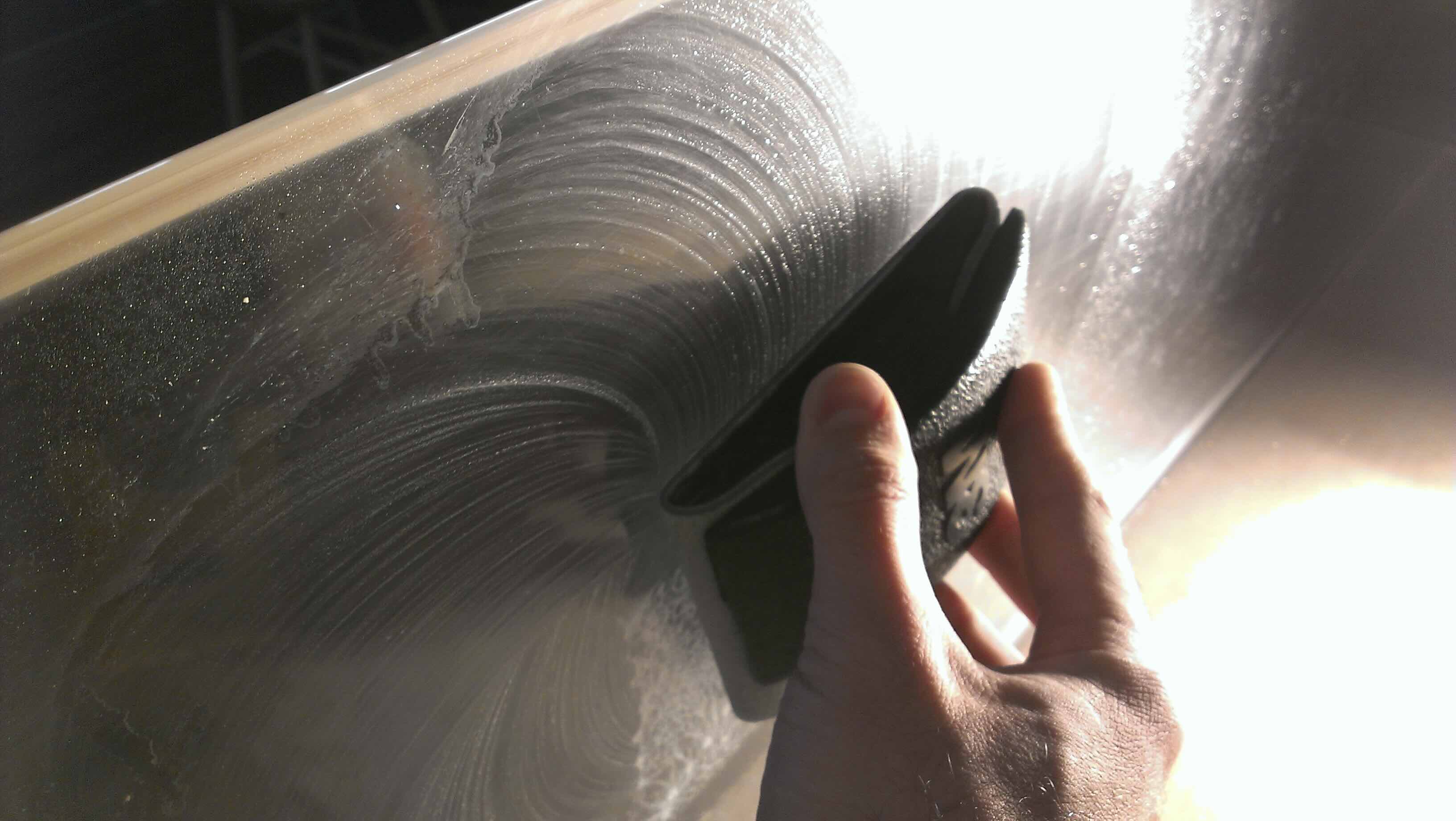

0 thoughts on “How To Remove Scratches From Quartz Countertops”